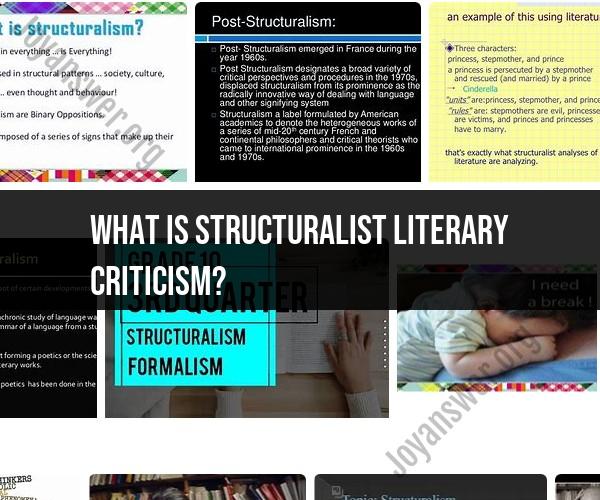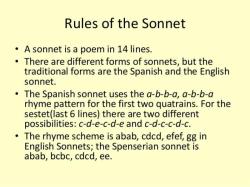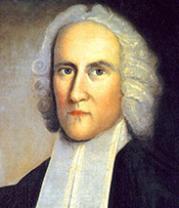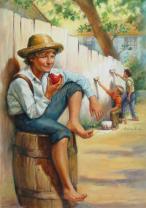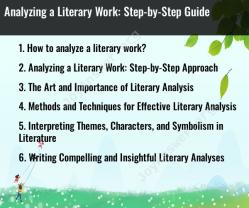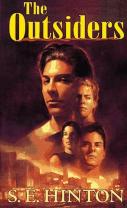What is structuralist literary criticism?
Structuralist literary criticism is a literary theory and approach to analyzing literature that emerged in the mid-20th century, particularly in the 1960s and 1970s. It focuses on examining the underlying structures, patterns, and systems within a literary text rather than interpreting the text based on its author's intentions, historical context, or cultural significance. Structuralism, as a broader philosophical and academic movement, influenced various fields, including linguistics, anthropology, and literary studies.
Key principles and concepts of structuralist literary criticism include:
Semiotics: Structuralism is often associated with semiotics, the study of signs and symbols. In literary criticism, it involves analyzing how language functions as a system of signs and how meaning is constructed through the interplay of signs.
Binary Oppositions: Structuralists often look for binary oppositions, which are pairs of contrasting elements or concepts within a text. These oppositions can be linguistic (e.g., light vs. dark), thematic (e.g., good vs. evil), or structural (e.g., protagonist vs. antagonist). Structuralists analyze how these oppositions contribute to the text's meaning.
Signs and Signifiers: Structuralists distinguish between the signifier (the physical form of a sign, such as a word) and the signified (the concept or meaning associated with that form). They explore how signs and signifiers create meaning through their relationships and differences.
Narrative Structures: Structuralists examine the underlying narrative structures in literature, including recurring motifs, plot patterns, and archetypal characters. They often focus on the underlying narrative "grammar" that shapes storytelling.
Intertextuality: Structuralist critics explore how texts refer to or are influenced by other texts. They emphasize the interconnectedness of literature and analyze how one text can refer to, comment on, or be influenced by another.
Disruption of Expectations: Structuralists are interested in moments when a text disrupts or subverts established patterns or structures, as these disruptions can reveal deeper layers of meaning or challenge conventional interpretations.
Universal Structures: Some structuralists argue for the existence of universal narrative and structural patterns that transcend individual cultures and historical contexts. They believe that these universal structures provide insights into the human condition.
Prominent structuralist theorists in literature include Roland Barthes, Claude Lévi-Strauss, and Roman Jakobson. Structuralist literary criticism had a significant influence on literary theory in the 20th century, particularly in its emphasis on the study of language, narrative, and the formal aspects of literature. However, it has also been critiqued for its perceived limitations in addressing historical and cultural contexts, authorial intent, and the subjective experience of reading literature. Over time, it evolved into other literary theories, including post-structuralism and deconstruction, which challenged and expanded upon its foundational principles.
Structuralist Literary Criticism: An Overview
Structuralist literary criticism is a theoretical approach to literature that views texts as systems of signs and relationships. Structuralist critics argue that the meaning of a text is not inherent in its individual words or phrases, but rather in the way that these elements are structured and interrelated.
Structuralist criticism is based on the work of a number of European thinkers, including Ferdinand de Saussure, Claude Lévi-Strauss, and Roman Jakobson. Saussure's work on linguistics was particularly influential, as it introduced the concept of the sign, which is made up of a signifier (the physical form of the sign, such as a word) and a signified (the concept or meaning that the sign represents).
Structuralist critics use a variety of methods to analyze texts, including:
- Binary oppositions: Structuralist critics often identify binary oppositions in texts, such as good/evil, male/female, and nature/culture. By analyzing the way that these binary oppositions are structured and interrelated, structuralist critics can gain insights into the meaning of the text.
- Myths: Structuralist critics argue that myths play an important role in culture, as they provide a way of understanding and organizing the world. Structuralist critics often analyze myths to identify their underlying structures and to understand their meaning and function within culture.
- Narrative structure: Structuralist critics also analyze the narrative structure of texts. They identify the different stages of the narrative, such as the introduction, exposition, rising action, climax, falling action, and resolution. By analyzing the narrative structure of a text, structuralist critics can gain insights into the meaning and function of the text.
Analyzing Literature: The Fundamentals of Structuralist Criticism
To analyze literature using a structuralist approach, critics first identify the different elements of the text, such as the characters, plot, setting, and themes. They then examine how these elements are structured and interrelated. For example, a structuralist critic might analyze the way that the characters in a novel are positioned in relation to each other, or the way that the plot of a novel is structured to create suspense.
Structuralist critics also examine the relationships between the text and other texts. For example, a structuralist critic might compare a novel to other novels in the same genre, or to myths and folktales from the same culture. This can help the critic to identify the text's place within a larger cultural tradition.
Deconstructing Texts: How Structuralist Criticism Interprets Literature
Structuralist criticism is often used to deconstruct texts, which means to analyze them in order to reveal their underlying assumptions and biases. Structuralist critics argue that all texts are products of their time and culture, and that they reflect the values and beliefs of the society in which they were created. By deconstructing texts, structuralist critics can help us to see the world in new ways and to challenge our own assumptions.
Conclusion
Structuralist literary criticism is a valuable tool for analyzing literature. It can help us to understand the meaning of texts, to identify their place within a larger cultural tradition, and to deconstruct them in order to reveal their underlying assumptions and biases.
